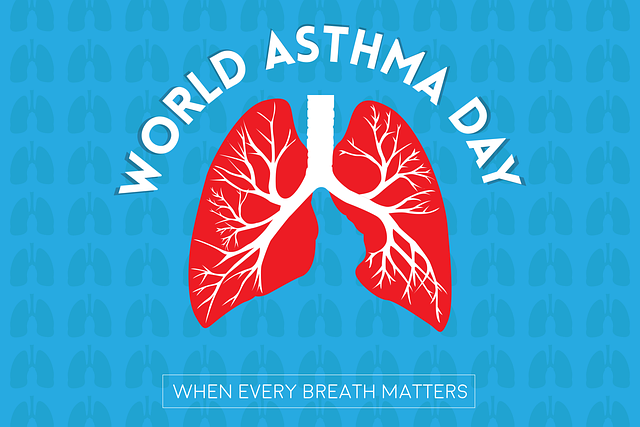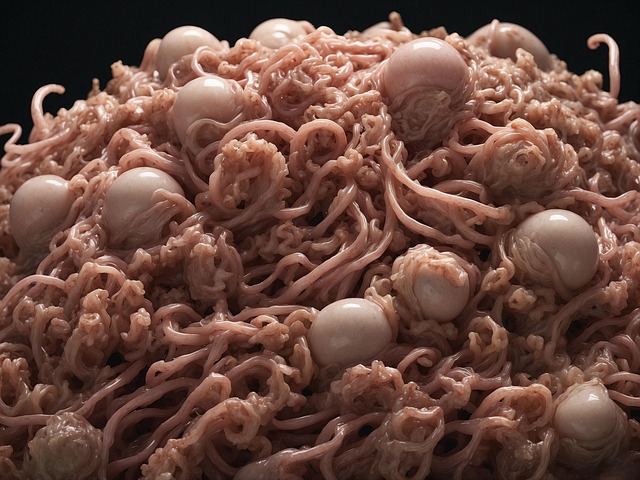Swiftly address water intrusion to mitigate mold growth and health effects like respiratory issues and allergies. Regularly inspect high-risk areas, use dehumidifiers, and ensure proper ventilation. After water control, thoroughly clean and dry affected zones with suitable solutions. Enhance airflow in humid spaces, install exhaust fans, and use air purifiers with HEPA filters for better air quality. Opt for non-porous materials to prevent mold buildup and minimize health risks associated with mold exposure.
Mold can have severe health effects, affecting respiratory systems and overall well-being. This article explores three effective strategies to prevent mold-related illnesses. Firstly, addressing water intrusion issues promptly is key; fix leaks and ensure proper drainage. Secondly, improving ventilation allows for better air quality by reducing moisture buildup. Lastly, opting for non-porous materials in construction or renovation projects can significantly hinder mold growth. Implement these measures to create a healthier living environment and mitigate the health effects of mold.
- Identify and Address Water Intrusion Issues
- Improve Ventilation and Air Quality
- Choose Non-Porous Materials for Better Protection
Identify and Address Water Intrusion Issues

Identifying and addressing water intrusion issues is a crucial step in preventing mold-related illnesses. Mold thrives in damp environments, so any persistent moisture problems in your home or workplace should be promptly addressed. This could involve repairing leaks from plumbing, roofs, or walls, improving ventilation, or using dehumidifiers to reduce humidity levels. Regular inspection of high-risk areas such as basements, bathrooms, and kitchens is essential to catch potential issues early.
Once water intrusion is controlled, it’s important to thoroughly clean and dry affected areas. This not only removes existing mold but also prevents further growth. Using appropriate cleaning solutions and ensuring adequate ventilation during the cleanup process can help mitigate the health effects of mold, which range from respiratory issues and allergies to more severe chronic conditions.
Improve Ventilation and Air Quality

Poor ventilation and stagnant air can create an ideal environment for mold growth. Improving airflow in your home or workspace is a crucial step to prevent mold-related illnesses. Open windows and doors regularly to allow fresh outdoor air to circulate, especially in areas prone to moisture buildup like bathrooms, kitchens, and laundry rooms. Consider installing exhaust fans in these spaces to remove excess humidity and improve air quality.
Additionally, investing in high-quality air purifiers can significantly reduce mold spores in the air. Look for models with HEPA filters, which are highly effective at trapping microscopic particles, including mold, dust, and pet dander. Regularly changing or cleaning these filters ensures optimal performance in maintaining a healthy indoor environment by minimizing exposure to the adverse health effects of mold.
Choose Non-Porous Materials for Better Protection

One effective way to prevent mold-related illnesses is by selecting non-porous materials for your home or workspace. Mold thrives in porous surfaces as they provide the perfect environment for growth, absorbing moisture and creating a breeding ground for spores. By opting for non-porous alternatives like ceramic, porcelain, glass, or metal, you significantly reduce the risk of mold development. These materials are less susceptible to water absorption, making them ideal for areas prone to high humidity or potential water leaks.
Additionally, non-porous surfaces are easier to clean and maintain, further minimizing the chances of mold buildup. Regular cleaning with anti-mold solutions can help prevent any residual moisture from becoming a breeding ground for mold spores. Understanding the health effects of mold exposure is crucial; it can cause respiratory issues, allergies, and even neurological problems for sensitive individuals. Therefore, taking proactive measures like using non-porous materials plays a significant role in maintaining a healthy environment and preventing associated illnesses.
